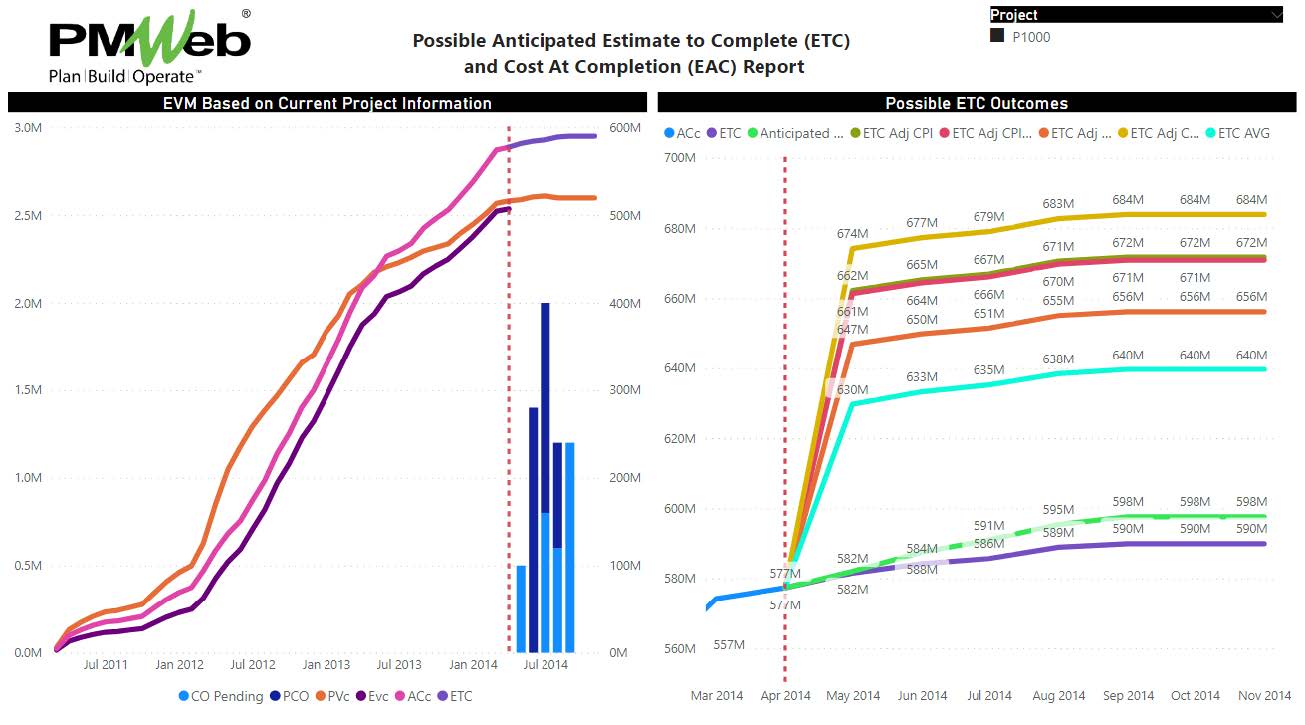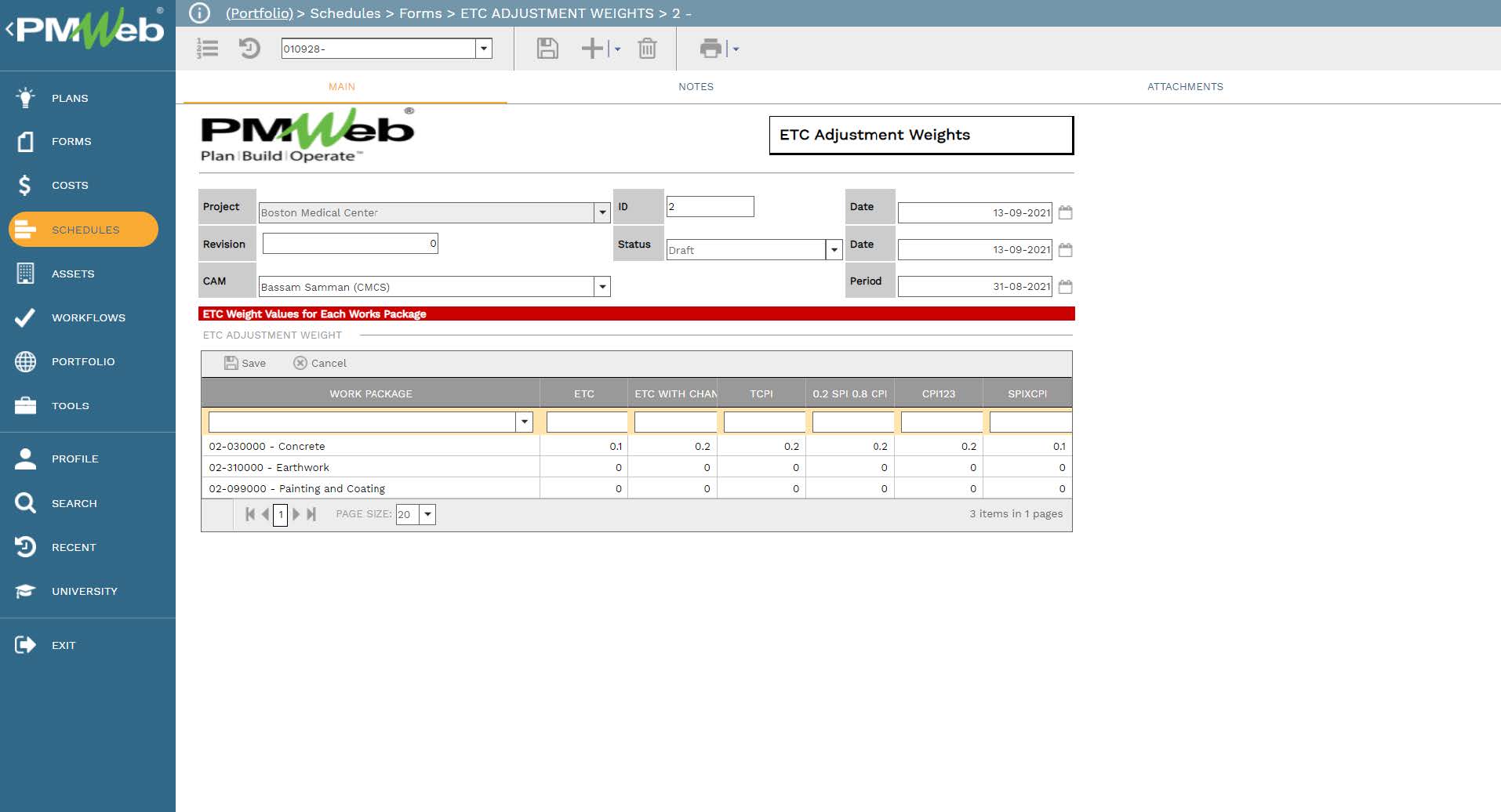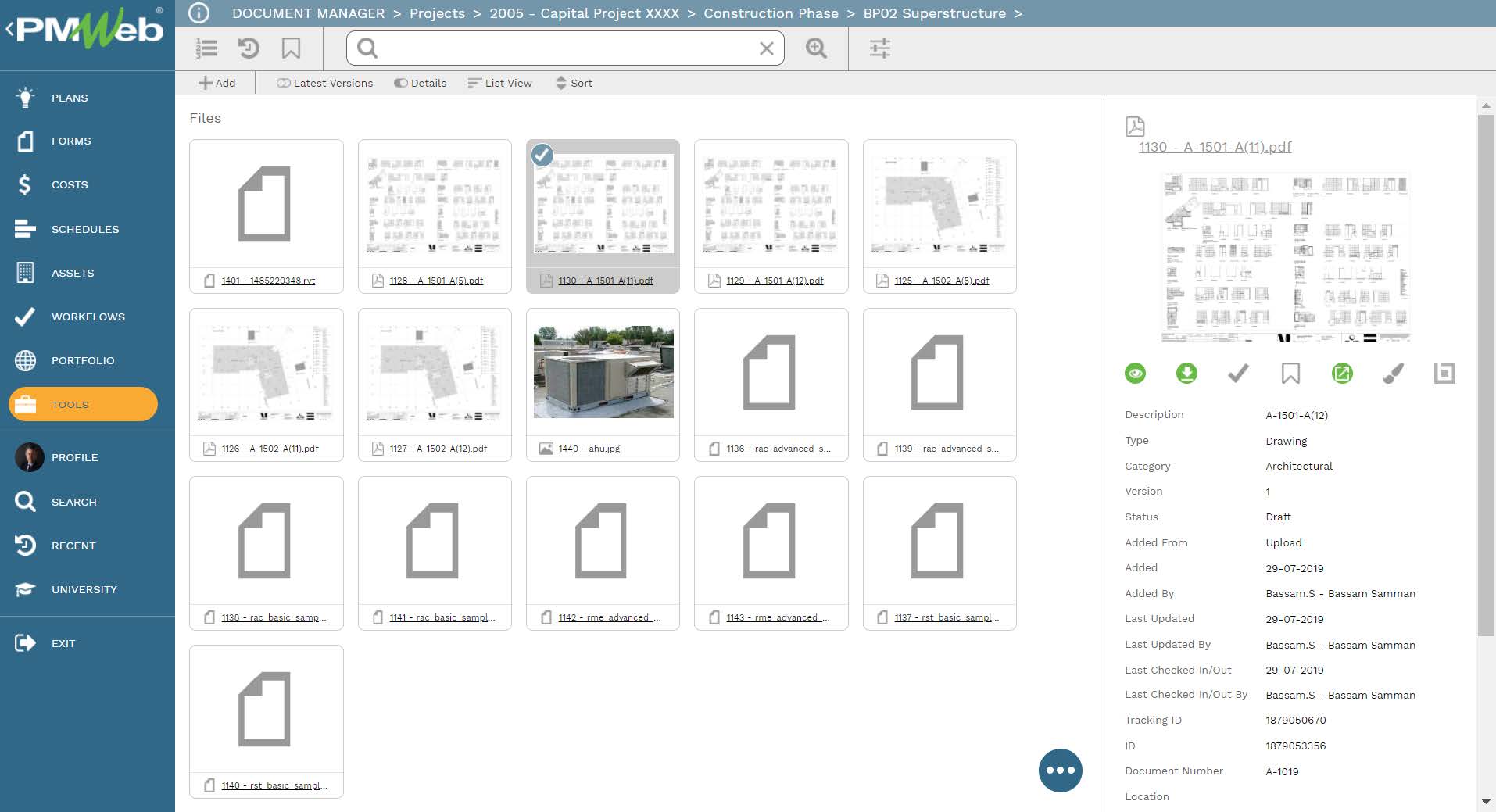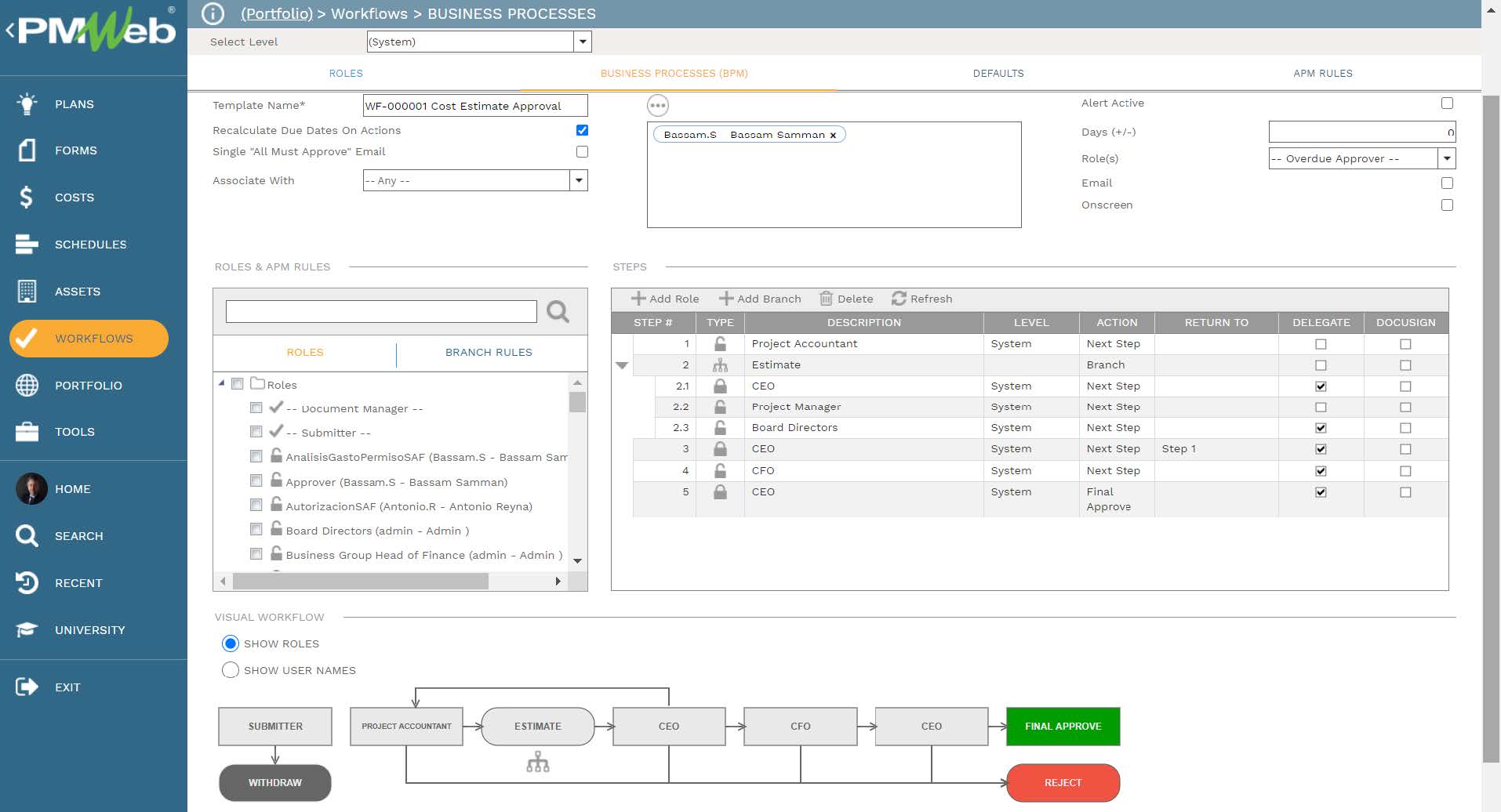For those who use the Earned Value Management (EVM) method on capital construction projects, the Estimate to Complete (ETC) measure provides them with the basis for calculating the Estimated at Completion (EAC) and Variance at Completion (VAC) measures. Nevertheless, the Estimate to Complete (ETC) measure needs to be adjusted to take into account the actual performance efficiency achieved for the elapsed project periods as well as any expected events that could impact the cost required to complete the remaining scope of work including potential change orders and change orders that are being reviewed.
The EVM practice identifies a number of methods to adjust the calculated Estimate to Complete (ETC) value taking into consideration whether the variances of the achieved performance for the elapsed periods are considered atypical or typical variances. Atypical variance is used when current variances are seen as atypical and similar variances will not occur in the remaining project’s duration. For this scenario, the Estimate to Complete (ETC) is the simple difference between the Budget at Completion (BAC) and Earned Value (EV).
On the other hand, when current variances are seen as typical of future variances that might occur, you use typical variance. For this scenario, the Estimate to Complete (ETC) value calculated from the atypical variance method needs to be adjusted by what is known as the Performance Factor Index (PFI). There are different options to calculate the PFI including the options of To Complete Performance Index (TCPI), 80% of the past cost and 20% past schedule performance (0.8 X CPI + 0.2 X SPI), last 3 months cost performance (Average of CPI1+ CPI2+ CPI3), past cost and schedule performance (CPI X SPI) or simply by a numeric value between 2 and 0 which is based on the likelihood on how the performance of the remaining scope of work for the remaining work packages scope of work will be.Since there is no real guidance on which calculation can be best used to adjust the Estimate to Complete (ETC) value and since all options could be of value although, with a different outcome, a weighted Performance Factor Index (PFI) is recommended to be used. The weight value assigned to each ETC value adjustment method is usually driven by the likelihood of each method to be relevant to the project as an overall or to certain work packages. For example, one can assume that the weighted Performance Factor Index (PFI) is based on 10% of the atypical ETC value, 20% of the atypical ETC plus all potential and pending changes, 20% to the TCPI, 20% to 0.8 X CPI + 0.2 X SPI, 20% to CPI1+ CPI2+ CPI3 and 10% to CPI X SPI. You can modify the weight factors for each ETC adjustment method at the end of each progress period if this was a requirement.

Using a Project Management Information System (PMIS) like PMWeb, a business process is created to capture the weight values associated with each Estimate to Complete (ETC) calculation method. PMWeb custom form builder creates the template which includes the period for which those weight values will apply and a table that will be used to assign the specific weight value for each ETC calculation method for each project work package or Control Account. This form is used by the Control Account Manager (CAM) to provide the ETC weight values for the control accounts assigned to him/her.

Similar to all other business processes managed in PMWeb, supportive documents that are usually associated or required for each Estimate to Complete (ETC) assessment can be attached to the template. It is highly recommended to add details to each attached document to better explain to the reader what is being attached and viewed. In addition, links to other relevant records of other business processes managed in PMWeb can also link to the reported progress.

It is highly recommended that all those supportive documents, regardless of their type or source, get uploaded and stored on the PMWeb document management repository. PMWeb allows creating folders and subfolders to match the physical filing structure used to store hard copies of those documents.

To ensure that the submit, review, and approve dates of each Estimate to Complete (ETC) Adjustment Weights submission are captured, a workflow is assigned to the business process. The assigned workflow maps the submit, review, and approve tasks, roles or roles assigned to each task, task duration, task type, and actions available for the task. In addition, the workflow could be designed to include conditions to enforce the approval authority levels as defined in the Delegation of Authority (DoA) matrix.

When an Estimate to Complete (ETC) Adjustment Weight transaction is initiated by a Control Account Manager (CAM), the workflow tab available on the template captures the planned review and approve workflow tasks for each transaction as well as the actual history of those reviews and approval tasks. The captured workflow data includes the actual action data and time, done by who, action taken, comments made, and whether team input was requested.




